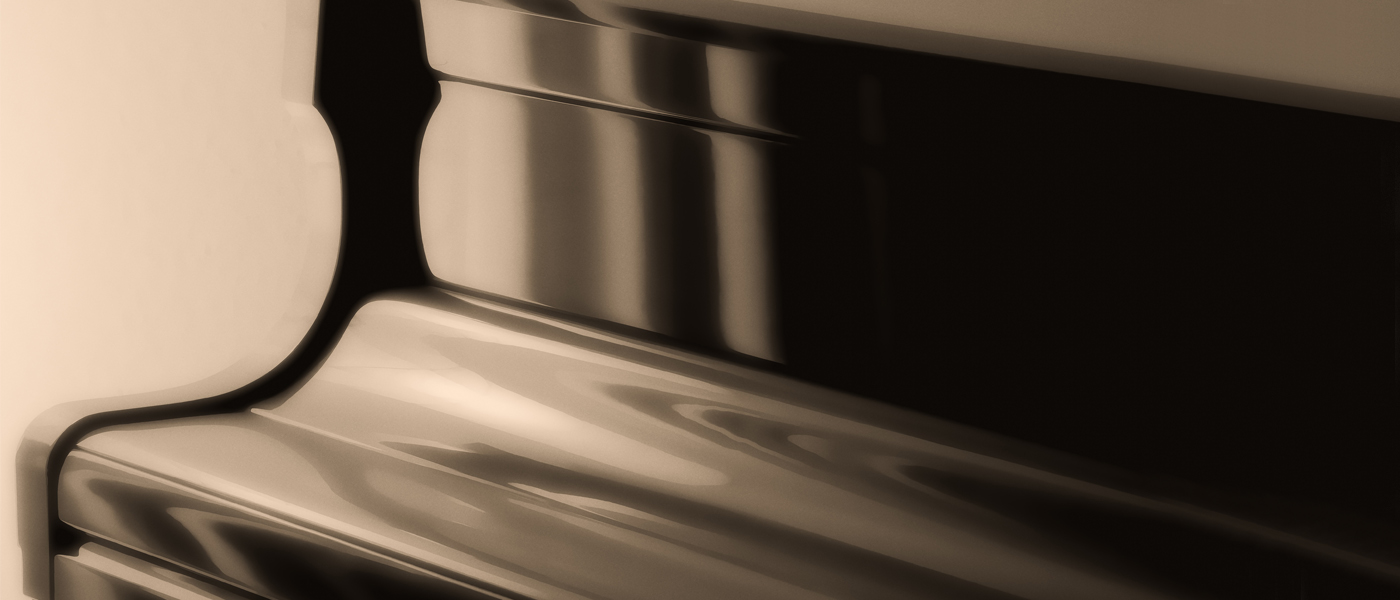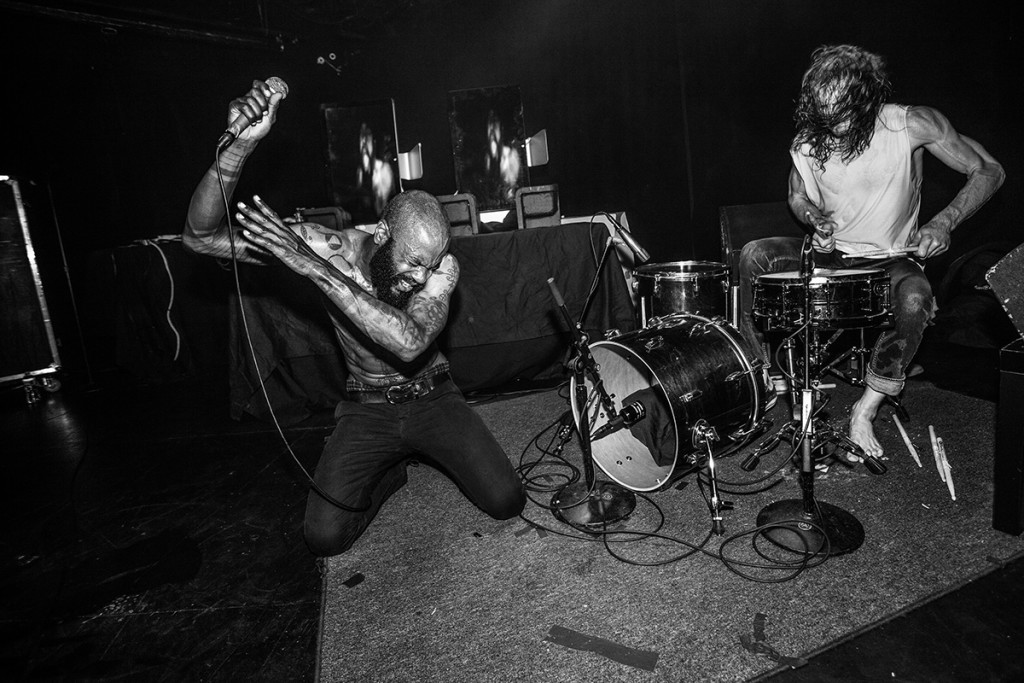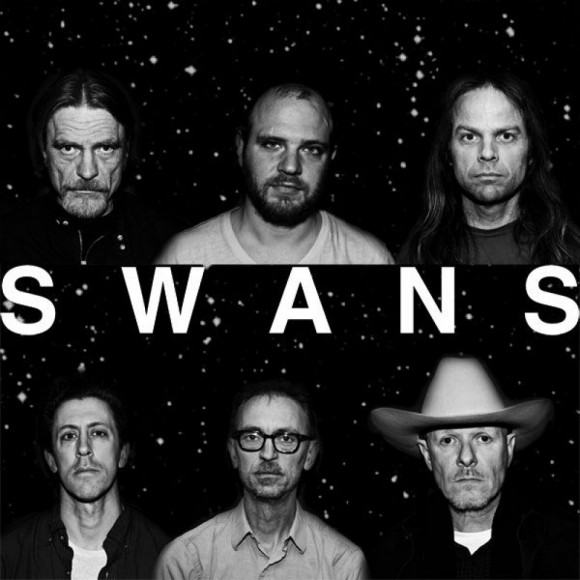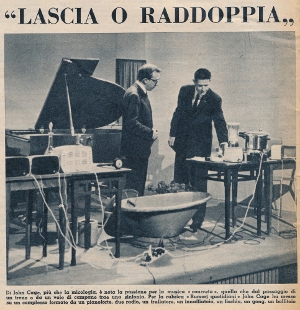Musica sperimentale.
O quando gli artisti decidono che le classifiche, i red carpet e tutto l’aspetto glitterato o consueto della musica non fa per loro, abbracciando nuovi tipi di approcci musicali.
Tuttavia, questi artisti riescono talvolta a conciliarsi con altri generi convenzionali, come il rock, l’hip hop e l’elettronica, ottenendo ironicamente il “successo” tanto evitato. Vi presentiamo quindi, tra classici e moderni, alcuni tra gli esempi più noti e accessibili di questo stile musicale, che richiede una certa apertura mentale.
[irp posts=”5085″ name=”Musica Italiana, le dieci cover più belle”]
RYOJI IKEDA
L’artista giapponese riesce abilmente a unire il concetto di arte e musica, grazie al genere elettronico denominato glitch. La sua è un tipo di musica sperimentale basata su collage di suoni come codici morse, ronzii del fax o apparecchi tecnologici, bip acustici e effetti sonori vari, organizzandoli come delle “canzoni” di techno astratta minimale.
I suoi lavori, che spesso fanno uso di toni binaurali (stimolazione del cervello tramite frequenze sonore), vengono riprodotti live sottoforma di esibizioni audiovisive artistiche.
DEATH GRIPS
Nati nel web, con una fanbase in fermento, e con un successo crescente anche dal vivo, il trio californiano industrial hip hop è veramente uno dei gruppi più originali dell’ultima decade.
La loro miscela dura di hip hop, noise, elettronica e musica sperimentale, con testi profondi e quasi urlati su droghe, istinti primordiali, solitudine, rabbia e depressione li renderebbe già di per sé inaccessibili.
Ma elementi chiave come la lunghezza media delle canzoni, una voce coinvolgente, citazioni ad artisti come David Bowie e i primi Pink Floyd, e paradossalmente in alcuni casi ritornelli accattivanti, hanno permesso un successo quasi immediato, almeno su Internet, e con un contratto con la Epic Records.
La band tuttora sta girando il mondo in tour, con un sound live molto simile al più sfrenato dei concerti rock, rispetto a un gruppo rap.
SWANS
L’esemble newyorkese è una leggenda nell’ambito della musica sperimentale rock. Iniziando nella scena no-wave della Grande Mela, sono passati da un pesante sound industriale degli anni ’80 a uno più neofolk, sempre con contaminazioni post-punk, dark, noise e a tratti psichedeliche. Arrivano fino al post-rock, drone e art rock negli ultimi anni, con un sound più accessibile rispetto agli esordi, risultante nel discreto successo nelle classifiche degli album, nonostante i testi spesso nichilisti e misantropici.
JOHN CAGE
Uno degli artisti di musica sperimentale più influenti di sempre, ha vissuto quasi un secolo di vita nel XX secolo. Artista fino al midollo, influenzato inizialmente dalla musica classica, ha abbandonato i dogmi tradizionali della musica come la conosciamo, sperimentando tra matematica e musica, inventando strutture ritmiche, e creando perfino suoni da barattoli, vasche da bagno, pentole e vari oggetti.
La sua influenza non si limita solo nel suo ambito, ma anche a compositori di colonne sonore e artisti rock come Frank Zappa, Radiohead e i Velvet Undergound.
Famose la sua composizione 4’33”, interamente in silenzio, e la sua esibizione “Water Walk” alla Rai negli anni ’50, davanti a uno sbigottito Mike Bongiorno.
VELVET UNDERGROUND
Finiamo questa lista con uno dei apici del rock, e della musica sperimentale più nota.
La band di Lou Reed aveva in mente un obbiettivo: unire l’aspetto selvaggio e sincero del rock ‘n’ roll, con quello imprevedibile e astratto dell’arte moderna. Sotto l’ala di Andy Warhol, insieme alla cantante Nico realizzano un capolavoro di musica, tra arte, decadentismo, psichedelica, qualche rara perla pop, e un sound che farà tanta scuola, con il loro debutto. Senza Nico e Warhol, con White Light/White Heat abbiamo un album ancora più impenetrabile e sperimentale, precursore di tutto il punk e il noise rock.
Nei restanti album abbandonano la sperimentazione, ma la loro influenza rimane immensa. Si può dire che loro stanno al rock alternativo come i Beatles stanno al pop, e la morte di Reed è stata rimpianta da artisti in tutto il mondo.
[irp posts=”4218″ name=”APP per fare musica, ecco come iniziare a creare”]
[divider]ENGLISH VERSION[/divider]
Experimental Music
Or what happens when artists become fed up with charts, red carpets and the same old music, and decide to embrace new styles of music.
However, these artists can sometimes get along with other conventional genres, like rock, hip hop and electronic music, ironically getting the “success” they so tried to avoid. So, we present to you some of the best-known and accessible examples of this style of music, which however requires a fairly open mind
RYOJI IKEDA
This Japanese artist can skilfully combine the concepts of art and music, thanks to the electronic genre known as glitch. His experimental music is based on sounds’ collage like Morse code, the sounds of the fax or other technological devices, acoustic beeps and other various sound effects, arranging them as minimal abstract techno’ songs.
His works are played live in the form of visual art exhibitions and he often uses binaural tones (brain stimulation through sound frequencies).
DEATH GRIPS
They have become famous thanks to the web, and they are getting more and more successful in their live performances as well. This Californian trio plays industrial hip-hop and is one of the most original groups of the last decade, as evidenced by their rising fan base.
Their genre is based on hip hop, noise, electronic and experimental music, with deep lyrics focused on drugs, base instincts, loneliness, anger and depression, a mix that would normally make them inaccessible; but thanks to key elements such as the average length of the songs, a captivating voice, quotes of artists like David Bowie and early Pink Floyd and catchy refrains allowed them an instant success, at least on the Internet, and a contract with Epic Records.
The band is still travelling the world for their tour, with a live sound more similar to the most unbridled rock concerts, than to that of a rap group.
SWANS
The New York-based group is a legend in the field of experimental rock music. They started in the New York no-wave scene, and later went from an 80s heavy industrial sound to a more neofolk one, always with post-punk, dark, noise and sometimes psychedelic contaminations. They eventually reached the post-rock, drone and art rock line, with a sound more accessible than what it was at the beginning, having some success in the album charts, despite the nihilistic and misanthropic lyrics.
JOHN CAGE
He is one of the most influential artists of the experimental music of all time and he lived through almost all of the 90s. A real artist, initially influenced by classical music, he abandoned the traditional music’s dogmas, experimenting between mathematics and music, creating rhythmic structures and even producing sounds from jars, tubs, pots and other various objects. His influence is not limited to its own circle, as he also influenced film composers and rock artists such as Frank Zappa, Radiohead and the Velvet Underground.
The completely silent 4’33 composition and “Water Walk” are among his most famous successes. He played “Water Walk” in the 50s at Rai and his talent stunned Mike Bongiorno.
VELVET UNDERGROUND
We end this list with one of the apexes of the better-known rock and experimental music.
Lou Reed’s band had a goal in mind: to mix the wild and sincere side of the rock ‘n’ roll with the unpredictable and abstract one of the modern art.
Under Andy Warhol’s guidance, and the singer Nico, they realized a masterpiece, an album caught between art, decadence, psychedelic, some pop and a sound that has will turn out to develop a following, thanks to their debut. With this album, White Light/White Heat, we have a sound even more impenetrable and experimental, forerunner of all punk and noise rock. In the remaining albums they abandon experimentations, but their influence remains the same. You can say that they are to alternative rock what the Beatles are to pop, and Reed’s death was mourned by artists all over the world.
Traduzione a cura di Clarissa Candellero






